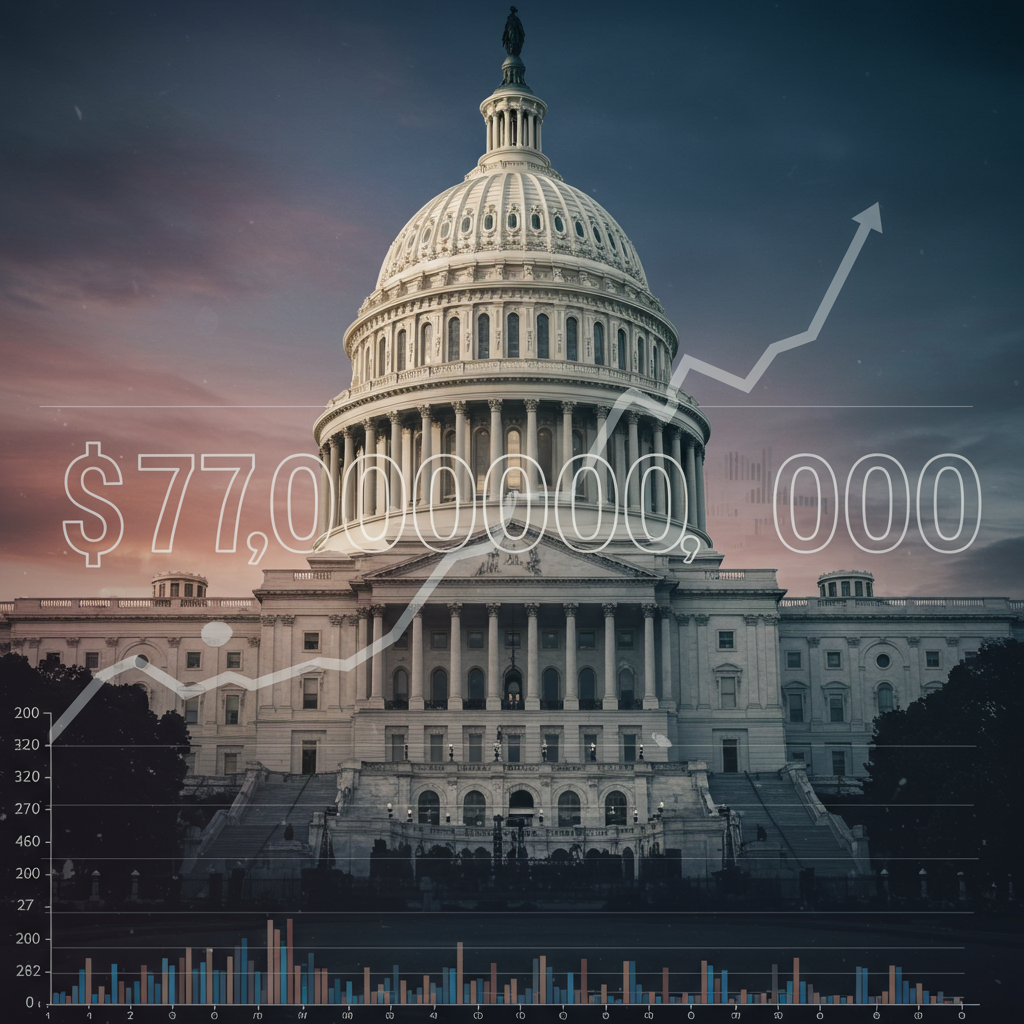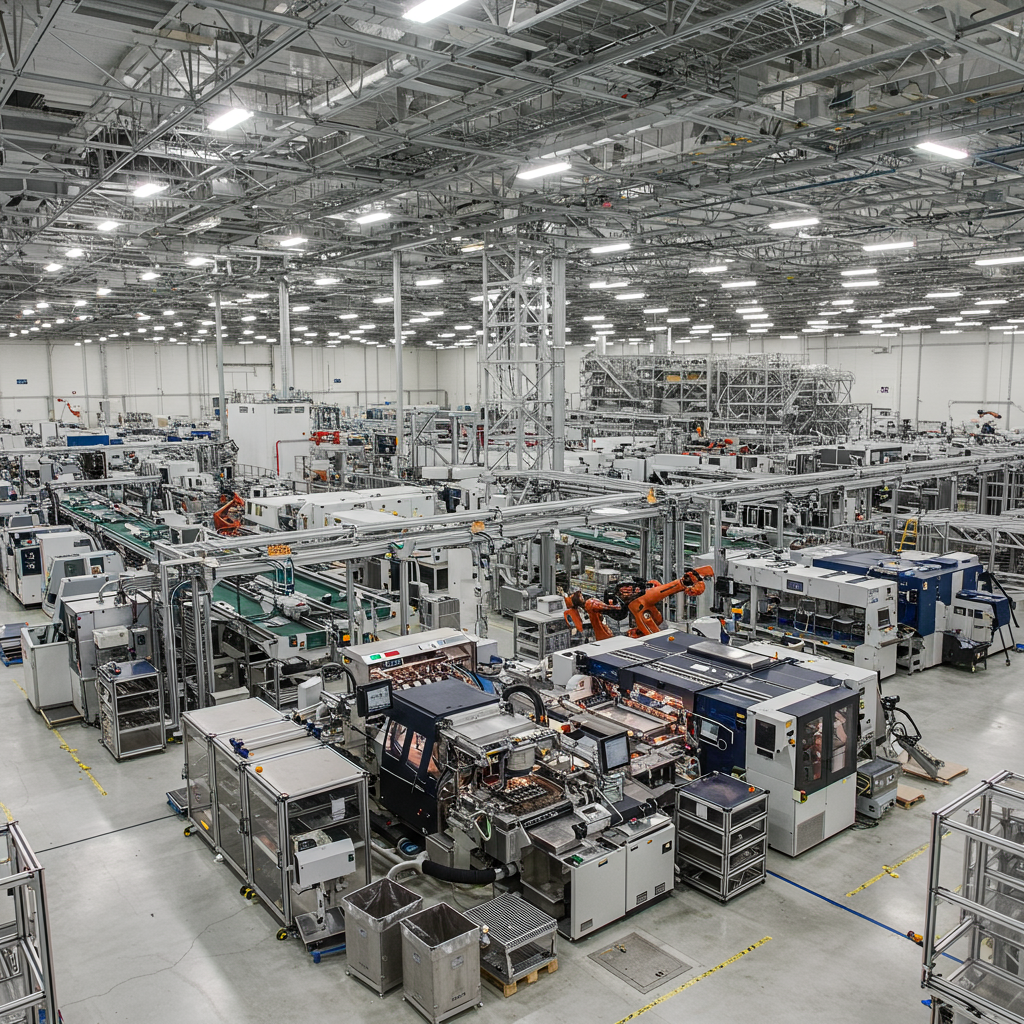US Shopper Confidence Dips in June Amid Economic Uncertainty
US consumer confidence took a notable step back in June 2025, reversing some of the positive sentiment seen the previous month. According to the latest data released by the Conference Board, the reading fell short of economists’ expectations, suggesting that American shoppers remain cautious about the trajectory of the nation’s economy.
This decline marks a resumption of the weakening trend in consumer attitudes that began at the start of 2025. While May brought a temporary boost in confidence, the June figures indicate that underlying concerns persist. The drop was widespread, impacting people across all age groups, income levels, and political affiliations, though the Conference Board observed a particularly significant decline among Republicans.
“Consumer confidence weakened in June, erasing almost half of May’s sharp gains,” commented Stephanie Guichard, senior economist for global indicators at the Conference Board. The data brings confidence levels back closer to where they were earlier in the year.
Mixed Signals: Tariff Rollbacks vs. Lingering Concerns
The dip in confidence occurred despite recent moves by President Donald Trump’s administration to roll back some of the steepest tariffs previously imposed. These actions, including a trade agreement reached last month between the US and China, slashed certain reciprocal tariffs, easing some cost pressures on businesses and contributing to a surge in the stock market. Following these developments, some Wall Street firms even softened their forecasts for a potential economic downturn.
However, significant tariff burdens still remain. Notably, an across-the-board 10% tariff continues to apply to a wide range of imported goods, with only limited exceptions for items like semiconductors and pharmaceuticals. Adding to the uncertainty, the legal standing of these remaining tariffs has been questioned following a pair of federal court rulings late last month.
Warnings Mount Over Potential Price Hikes
Despite the partial tariff easing, several indicators point to the possibility of elevated prices on the horizon, likely contributing to consumer unease. Major national retailers, including giants like Walmart and Best Buy, have publicly voiced concerns about the potential necessity of raising prices in response to ongoing levies.
Furthermore, a recent forecast from the Organization for Economic Co-operation and Development (OECD) released this month predicted that US inflation could climb to 4% by the end of 2025. This projection represents a substantial increase from current levels and underscores the potential for consumers to face higher costs in the coming months.
Fed Navigates Stagflation Risk
The prospect of rising prices alongside potential economic slowdown is a significant concern for policymakers. Federal Reserve Chair Jerome Powell has repeatedly warned about the risk of “stagflation”—a challenging economic scenario where inflation rises while economic growth stagnates. Powell has noted that tariffs could potentially “push up prices and weigh on economic activity” throughout the year, although the ultimate impact depends on the final level of tariffs, which have fluctuated.
This economic outlook presents a difficult dilemma for the central bank. Raising interest rates is a standard tool to combat inflation, but doing so could risk slowing the economy further. Conversely, cutting rates to stimulate growth might unleash faster price increases.
Given this uncertainty and the potential effects of trade policy, the Federal Reserve held its benchmark interest rate steady last week. This decision reflects a ‘wait-and-see’ approach adopted by the central bank in recent months as it monitors the evolving economic landscape shaped partly by tariff policies. Powell indicated that the Fed is “well positioned to wait to learn more about the likely course of the economy before considering any adjustments to our policy stance.”
In summary, while some steps have been taken to ease trade tensions, the persistence of significant tariffs, warnings from retailers about potential price increases, and macroeconomic forecasts for higher inflation appear to be weighing heavily on the minds of consumers, driving the renewed decline in confidence observed in June. The Federal Reserve’s cautious stance highlights the ongoing uncertainty facing the US economy.



